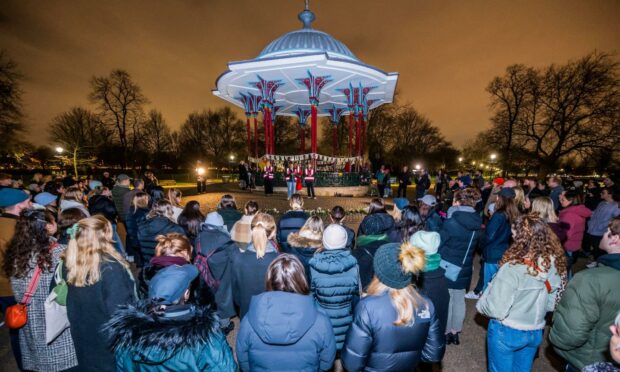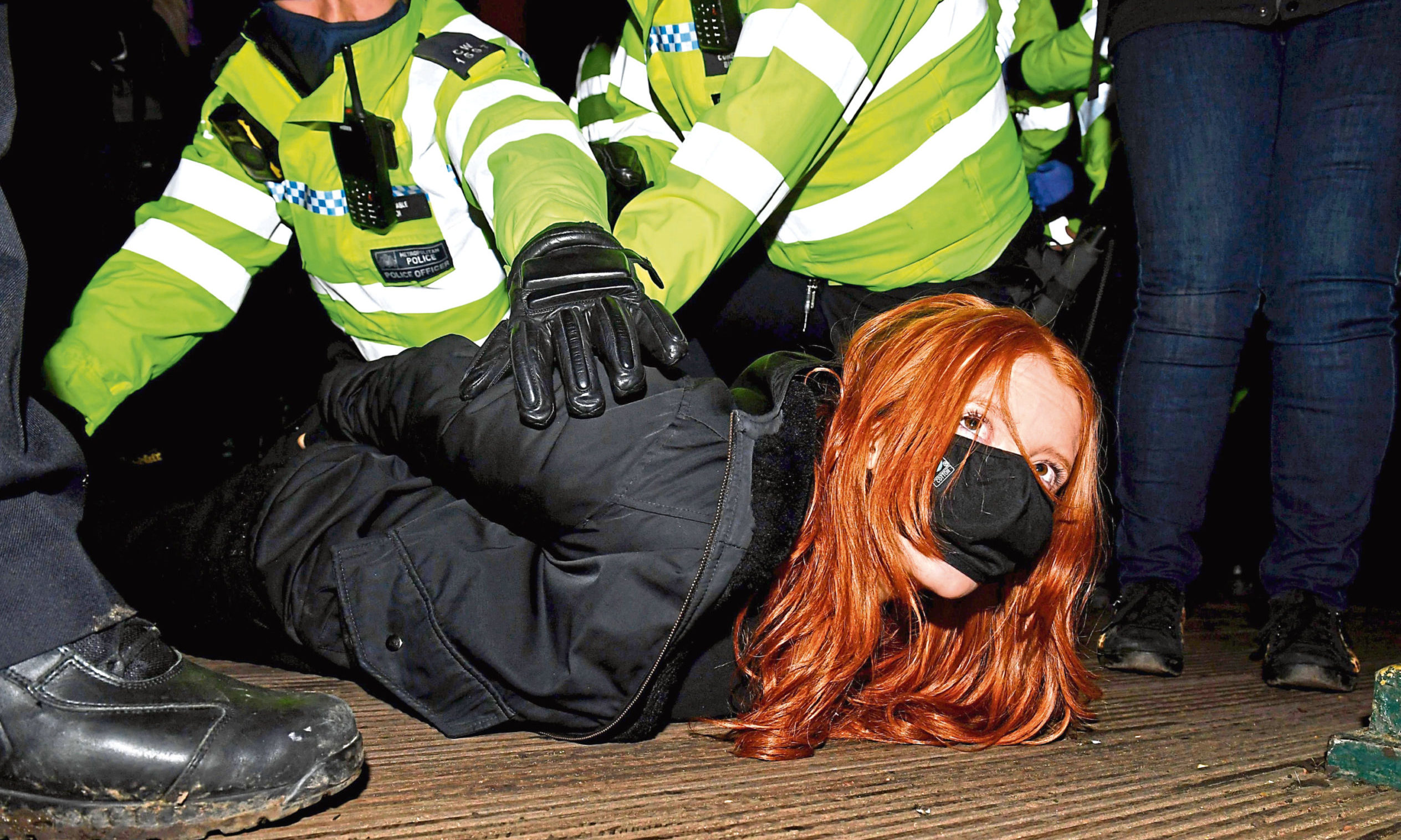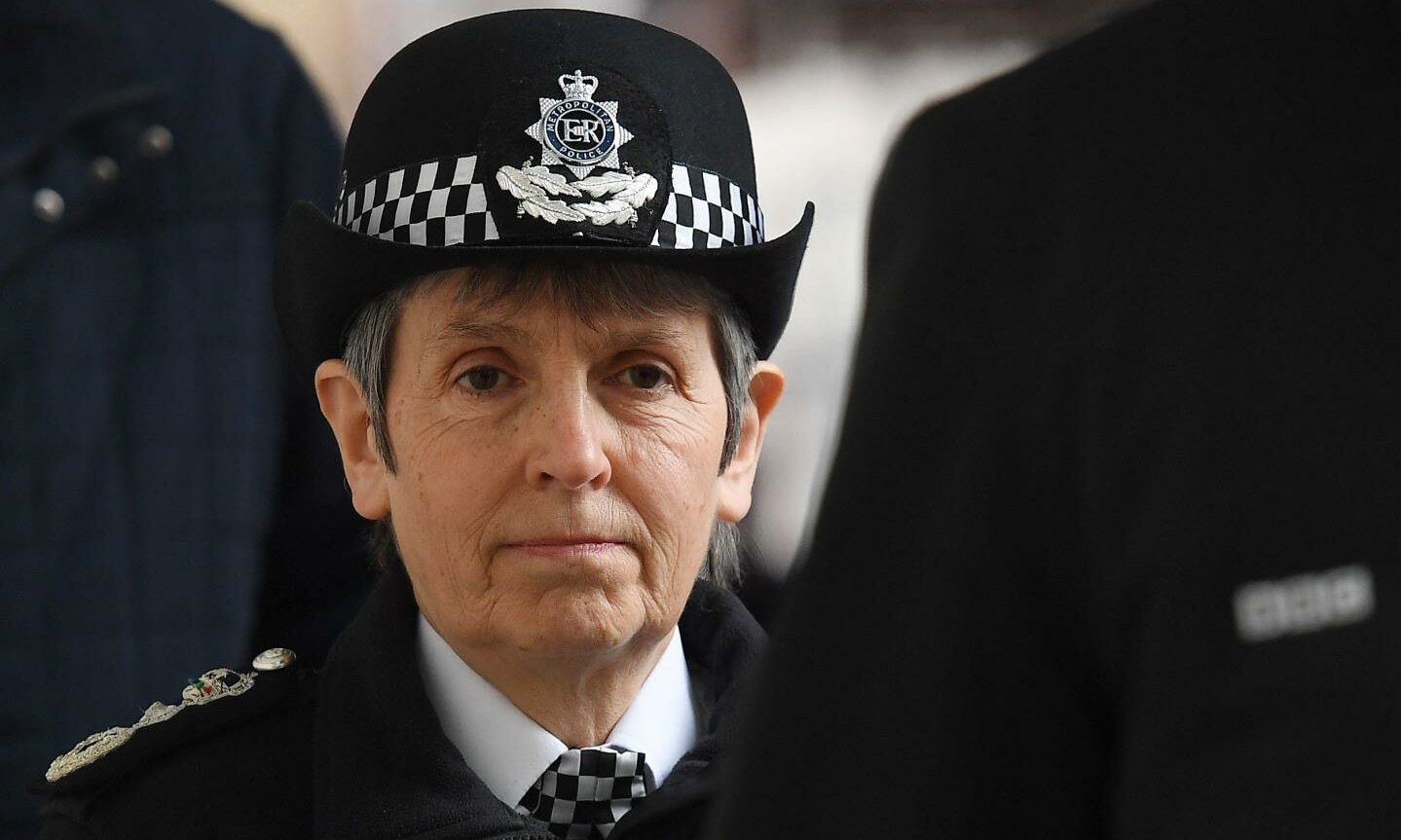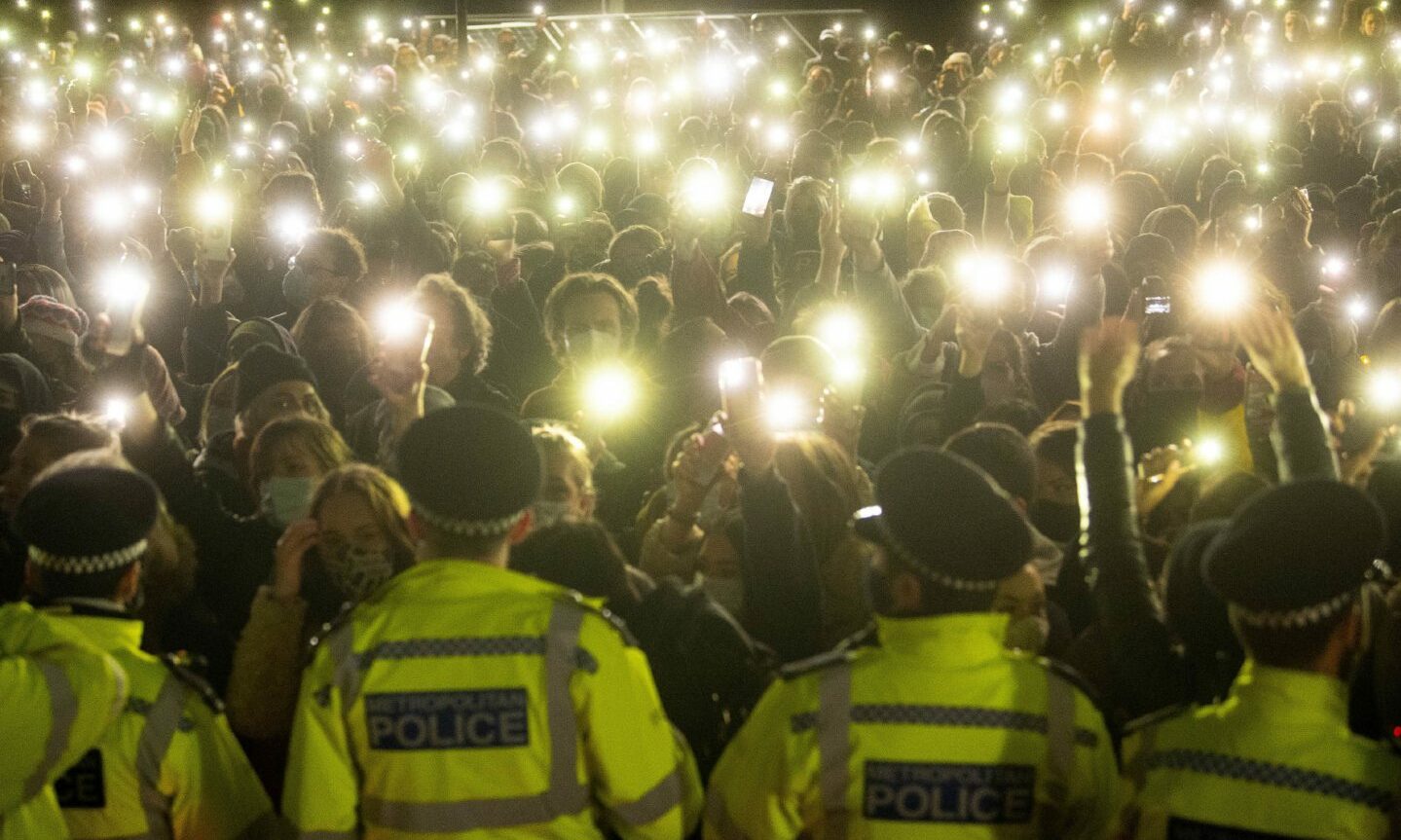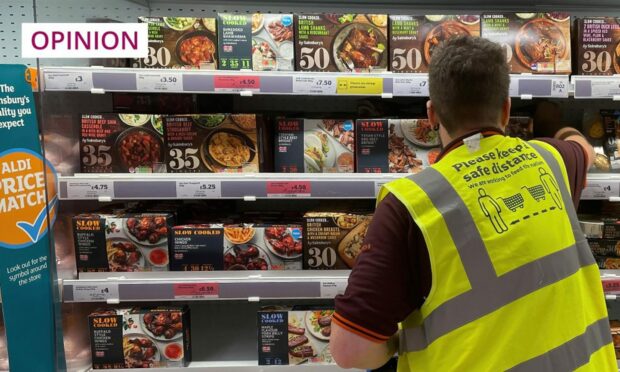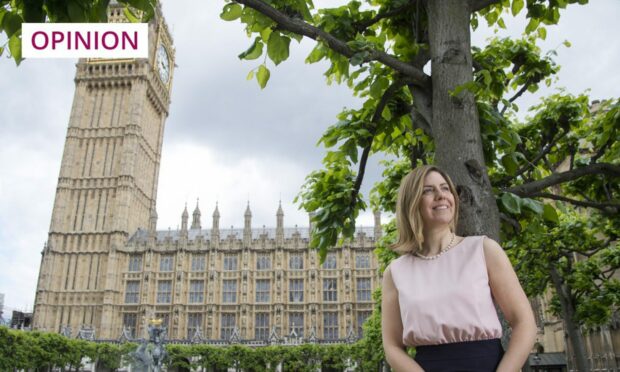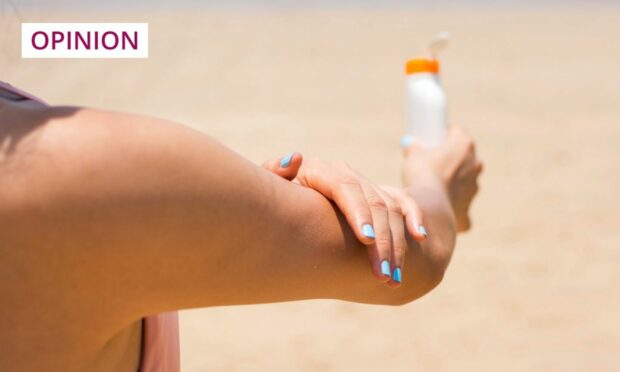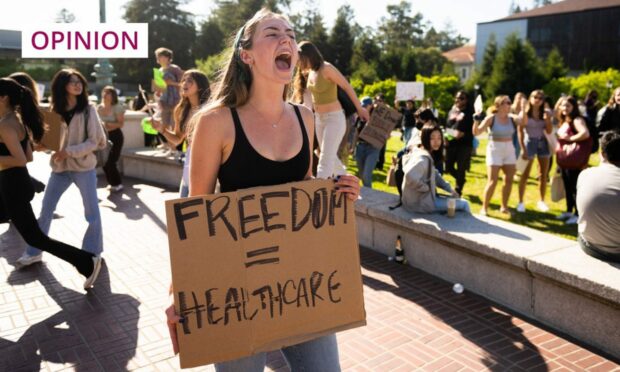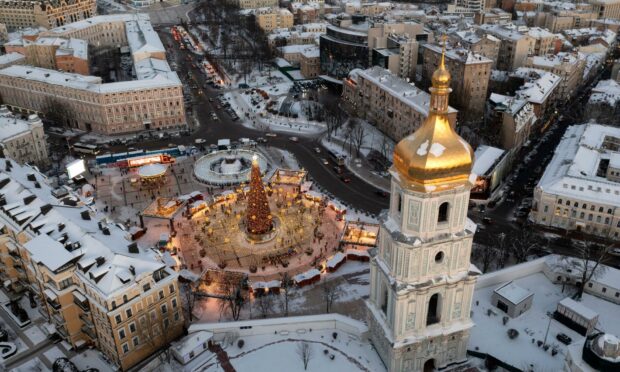This morning I woke up early and walked to get a coffee before work.
I did the same thing exactly a year ago. It was International Women’s Day, just like it is today. Or, “International ‘When Is International Men’s Day?’ Day”, as I’ve wearily joked in the past. I hope there won’t be as many of those comments on social media this time around.
We’ve all talked about women’s safety more in the UK over the last 365 or so days than ever before. The catalyst, of course, was Sarah Everard.
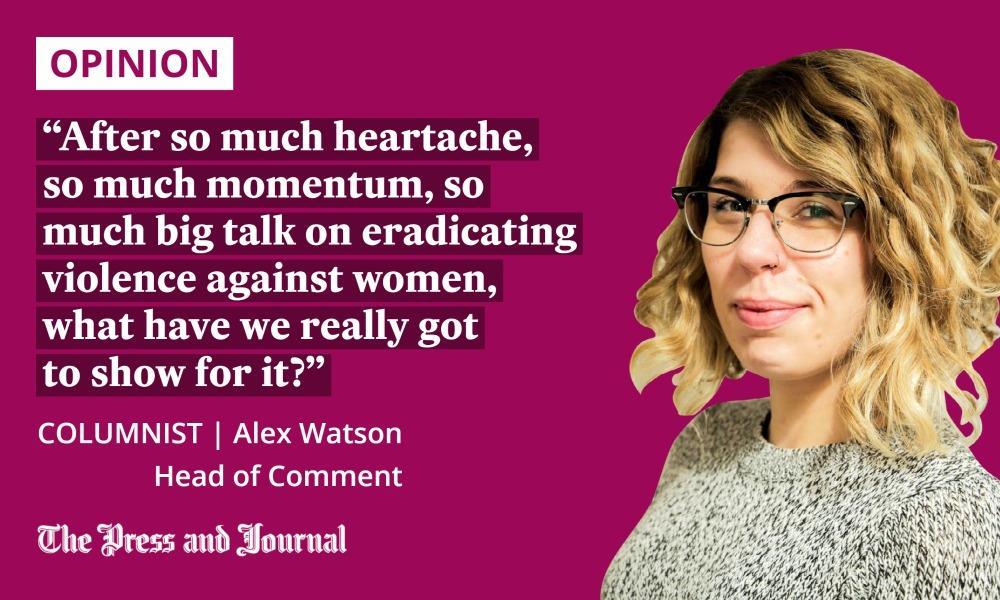
It pains me to write that. Catalyst is an awful, clinical word to attach to a person, particularly one who was senselessly, cruelly, brutally taken, raped and murdered by a manipulative stranger while just trying to live her life.
Last week marked a year since Sarah died but, a year ago today, we didn’t know that. A year ago today, Sarah had been missing for five days. The shared anxiety and concern for her safety had spread from London. Even in Scotland, we all knew her face and had memorised what she was last seen wearing.
I remember exactly where I was, the next day, the moment I saw the news break that a serving Metropolitan Police officer had been arrested on suspicion of her kidnapping. I remember the way my stomach lurched involuntarily, like I was on a rollercoaster.
That visceral reaction reverberated across the UK; that was the turning point. That was the moment when women pushed back and said enough was enough. When women got collectively angry in a way that society isn’t particularly used to. A wonderfully united, organised way.
People in positions of power – most of whom had a responsibility to make sure police officers were not murderers hidden in plain sight – ran to podiums to settle us down, to promise change.
That was more than a year ago now. Has anything actually improved?
Was it really ‘a watershed moment’?
In the immediate aftermath of Sarah Everard’s death, UK home secretary Priti Patel said new sexual harrassment laws were being considered and that past victims would help to shape the legislation.
To her credit, Patel followed through on this. Just a few months ago, she was overruled by Prime Minister Boris Johnson, who said there are already “abundant” existing laws to protect women.
Peaceful, Covid-safe protests in summer didn't spread the virus. Domestic violence incidents rise by 36% during Old Firm matches. I can cite my sources. This bit is my opinion: women highlighting their right not to live in fear is more important than celebrating a football result
— Alex Watson (@justthemedicine) March 12, 2021
In Scotland, Nicola Sturgeon neatly sidestepped the awkward synchronicity of discouraging women from attending in-person vigils on the same night that Rangers fans gathered in Glasgow’s George Square to celebrate a win. The first minister said she hoped Sarah’s death would mark “a watershed moment” for society when it came to women’s safety.
Scotland is on the brink of passing a standalone misogyny law. On the face of it, this is a good development. But, frustratingly, it is being slowed down by bickering over whether or not trans women should be protected by the legislation which – with transphobic violence and hate crimes on the rise – of course, they should.
Women are still dying
After overseeing a series of blunders that the Met Police will likely never fully recover from – including officers pinning women down at a protest against male violence, and floating the idea of plain clothes police frequenting nightclubs and bars to keep an eye on us all – Commissioner Cressida Dick begrudgingly stepped down last month, after clinging on for nearly a year.
A can of worms that can’t be closed has revealed horrifying misogyny, racism and abuse of power deeply embedded within that police force. Despite their Don’t Be That Guy campaign, Police Scotland, too, has been revealed to have a sexist culture at its core. None of this bodes well for the safety of women going forward, or the eradication of male violence from our society.
Our schools are hotbeds of sexist abuse and sexual harassment, according to recent reports from students who simply felt they couldn’t stay quiet any longer.
And women are still dying. Like Sarah Everard, Sabina Nessa’s name is known across the UK, not for her accomplishments as a teacher but because she was murdered by a man. So many other names are not known, yet they still suffered horribly and needlessly.
Following Sarah Everard’s death, thousands of men signed up to a course on masculinity and gender inequality. Barely 10% actually showed up to take it
Domestic violence is on the rise, for the fifth year in a row. A significant number of women murdered by men are killed by a current or former partner. These grim dots have been joined many times before, yet here we still are, hoping the problem will go away on its own.
For me, this one stings the most. Following Sarah Everard’s death, thousands of men keen to prove themselves team players rushed to sign up to a course on masculinity and gender inequality. Barely 10% actually showed up to take it.
There’s always a reason to put off change
After so much heartache, so much momentum, so much big talk on this topic, what have we really got to show for it?
I applaud those in power genuinely trying to turn things around, but for every woman pledging change there seems to be a man arguing that things are fine as they are. After every step forward, we take a few back.
We now find ourselves standing almost exactly where we were a year ago, nauseously waiting for the next bad thing to happen.
There will always be a reason to put off change, to refrain from ripping it up and starting again. Covid, conflict abroad, climate change. But, underneath all of that, women will be suffering and dying.
A year ago today, I woke up early and walked to get a coffee before work. I was assaulted by a man in the street.
This year, it felt important to follow the same routine. To walk the same route. To walk alone, wearing headphones, without fear. To just live my life, like so many other women are trying to do. Because something clearly needs to change, but – read my lips – it isn’t us.
Alex Watson is Head of Comment for The Press & Journal, and International Men’s Day is on November 19
